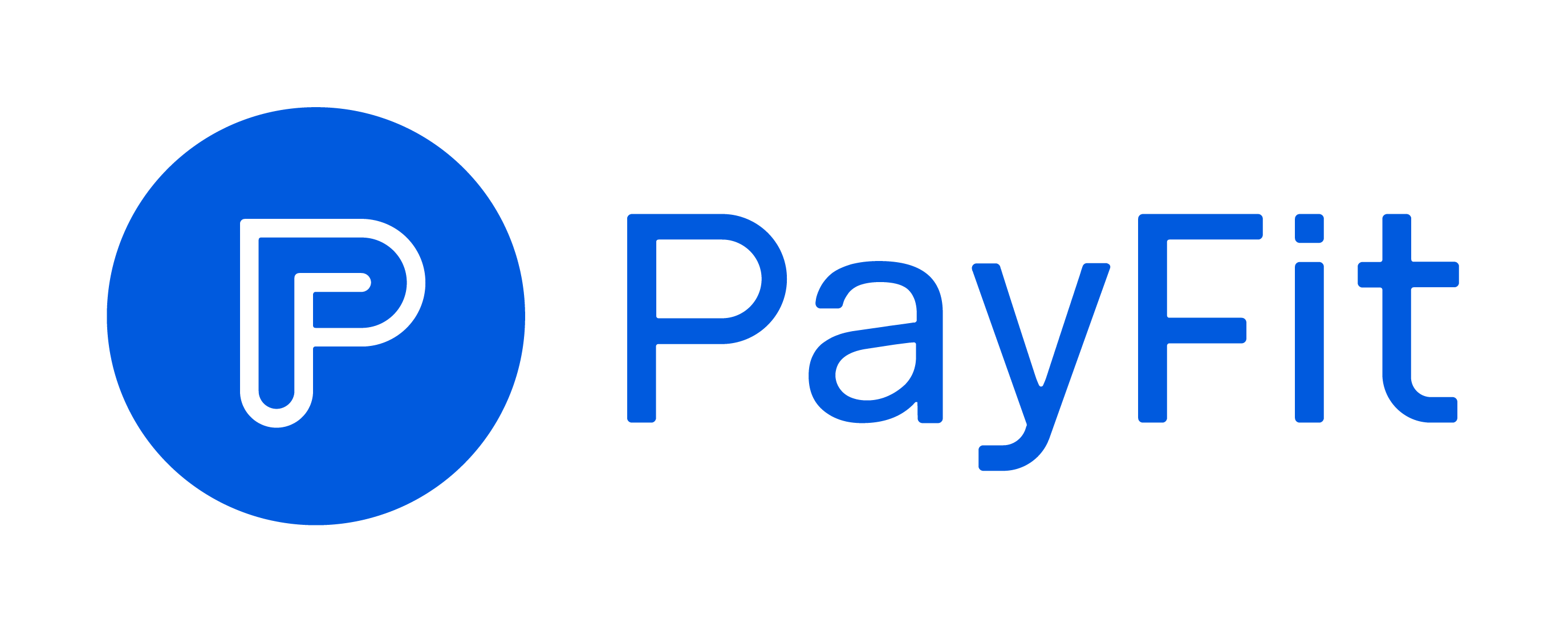Most people can't imagine a day without Amazon, Google, WhatsApp or Instagram. Is it any surprise employees are starting to expect digital experiences to be an integral part of their working lives too? Employees want their workplaces to be just as connected and seamless as their outside lives, and it’s no longer just the younger generations making these demands.
As offices become more digitised there’s a temptation to slide into an always-on mindset, perhaps in a misguided attempt to boost output. However, answering emails late at night only increases the quantity of work not the quality. Digitisation isn’t just about having the right tools; it’s also about getting people to use them in the right way. This is why HR has an important role to play alongside IT in building a successful digital workplace.
These two don’t have a great track record of working together effectively. IT has a reputation of complicating and prolonging projects, and focusing on budgets over long-term value. On the other hand, your average CIO would probably complain about HR’s propensity to go rogue with shadow IT systems. Both would likely insist the other function has no interest in working with them. On the rare occasions the two departments collaborate on projects, a general sense of misalignment and opposing goals can prevail.
A true partnership starts with a shared vision. The first step in bringing IT and HR closer together is aligning them to the overarching business strategy. This means being clear about the goals of the business, and getting specific about the workplace experience that your people will need to meet these. For example, if the business is looking to raise revenue and drive simplicity what should the employee experience be to enable that?
The next step is devising a clear roadmap that will make it all happen. Defining the pathway to success brings both functions together under the banner of a common cause – reimagining how your people can work differently, better and easier. It also sets out a clear understanding of the individual role each must play in orchestrating this experience, and aligns people around the benefits for your employees and business.
As different functions are called on to work together more closely and collaboratively, their roles will naturally evolve to complement one another. In the context of digital transformation, we are seeing HR’s value-add shift away from human administration towards human empowerment. This is particularly important in engaging people with the digital workplace, and motivating them to use digital tools on their terms. HR is best placed to provide this expertise as they are closely connected with employees and understand how they work.
HR also has a role to play in owning the employee value proposition and ensuring it is embedded within the digital workplace. This is about building a digital ecosystem that enables people to work better, not longer, with digital wellbeing at the centre.
Companies the world over are excited about the possibilities of a digital workplace, and understandably so – digital tools have the potential to completely transform the way we work. However, technology is nothing if humans can’t use it. That’s why we can no longer rely on IT departments alone to lead digital transformation inside the business. Such transformation needs a partnership between IT, HR and C-level management to effectively unlock the full value of the company’s investments in technology and people.
Stanley Louw is head of digital and innovation at Avanade UK & Ireland









